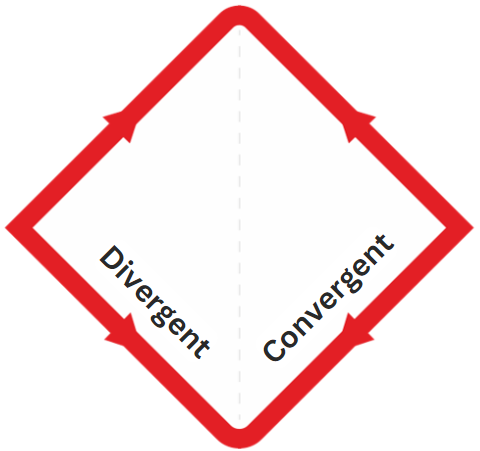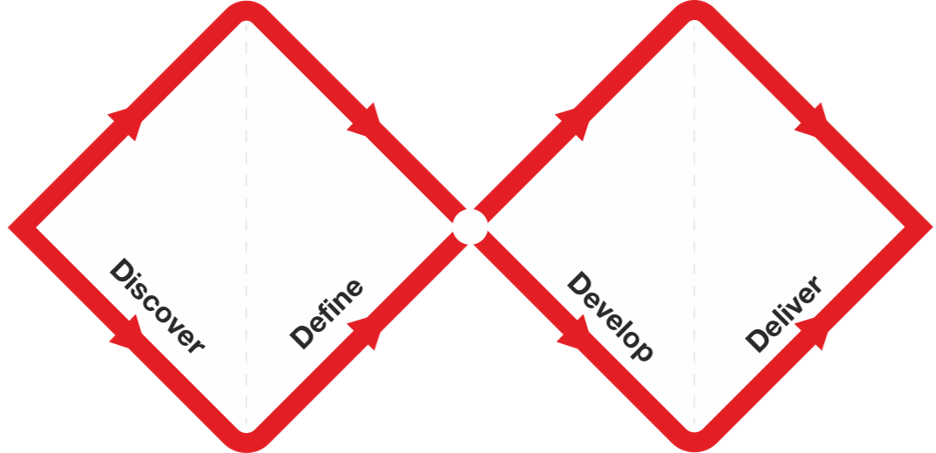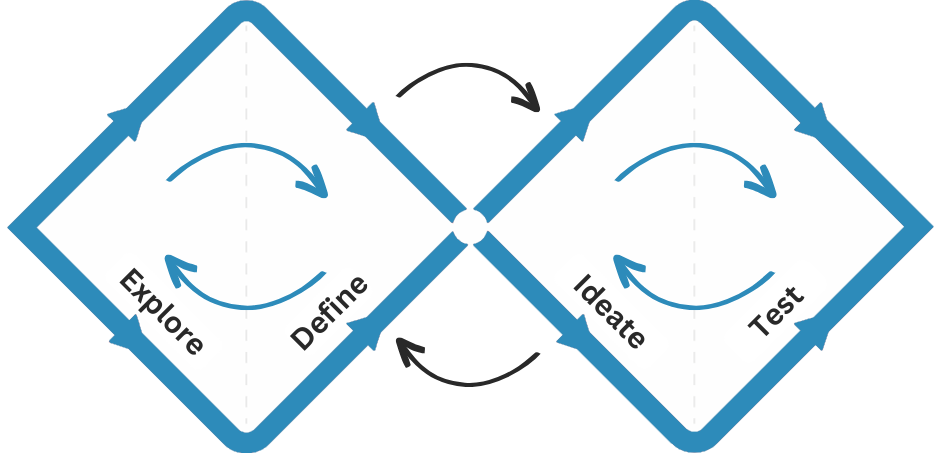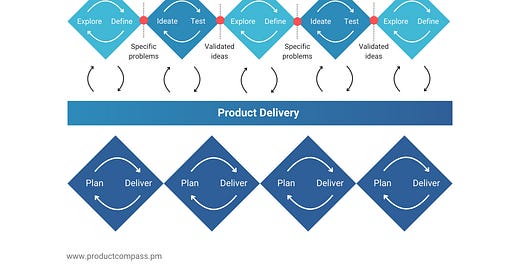How to Fix the Double Diamond of Design Thinking?
The Double Diamond of Product Discovery & The Triple Diamond of Product Management
Hey, Paweł here. Welcome to the archived free edition of The Product Compass.
Every week, I share actionable tips and resources for PMs.
If you are not a subscriber, here are a few posts you might have missed:
Consider subscribing and upgrading your account if you haven’t already for the full experience:
How to Fix the Double Diamond of Design Thinking?
Every time I present one of my product discovery diagrams, someone calls it a “Double Diamond of Design Thinking.”
But it’s far from the truth.
Following the original Double Diamond is an easy way to fail even though on its website, the Design Council claims it’s “A universally accepted depiction of the design process.”
So, in today’s newsletter:
The Double Diamond of Design Thinking
How to Add the Missing Pieces?
The Double Diamond of Product Discovery
The Recommended Design Thinking Approach
Summary and Conclusions
1. The Double Diamond of Design Thinking
The Double Diamond is a visual representation of the design and innovation process defined by the Design Council.
It consists of two “diamonds,” each composed of two phases:
Divergent thinking: Exploring many different possibilities and options. Generating choices.
Convergent thinking: Focusing on finding one correct solution or answer. Making decisions.

The Double Diamond defines four distinct phases:
Discover: Gathering insights to understand users' needs and the problem you want to solve. It involves observation, interviews, and empathizing with the users.
Define: This phase involves structuring and making sense of the information gathered during the Discover phase.
Develop: This phase involves turning ideas into solutions. It includes creating prototypes, testing them, and refining them based on feedback.
Deliver: This phase involves finalizing and launching the product. It includes testing the product with small groups to identify and fix issues, getting customers’ feedback, and analyzing the metrics.

Pros: What I like about this approach is:
A strong focus on user needs, experiences, and emotions.
Defining tools like User Journey Mapping, User Interviews, or Customer Surveys.
Cons: At the same time:
It’s a highly linear process without any feedback loops.
It ends with launching the product. So, it’s not adjusted to Product Discovery, which results in validated product ideas.
In the epic YouTube video, Natasha Jen referred to this linear process as “Bullsh*t,” arguing that creativity is much messier:
2. How to Add the Missing Pieces?
How to fix the Double Diamond of design thinking?
2.1 Add iterations
The first step is embracing the messy nature of product discovery, or creativity in general, with many iterations possible at every step of the journey:

After being criticized, the Design Council has released the Framework for Innovation. Unfortunately, it doesn’t solve the second issue - it still assumes the double diamond ends with ideas shipped to the market, so it can’t be used to represent Product Discovery.
2.2 Get rid of developing and releasing
Product Discovery results in a validated Product Backlog, not in developing (in tech: coding) or launching your ideas. Thus, we must redefine these phases:
Develop > Ideate: In this phase, we brainstorm possible solutions and explore hidden assumptions.
Deliver > Test: In this phase, we test selected assumptions and pinpoint ideas we want to take into implementation.
I also replace:
Discover > Explore: In product management, we often explore different sources of insights unrelated directly to users, such as data analytics, market research, and stakeholder interviews. Many books about Product Discovery lack this perspective.

2.3 Embrace Continuous Discovery and Continuous Delivery
Keep reading with a 7-day free trial
Subscribe to The Product Compass to keep reading this post and get 7 days of free access to the full post archives.



